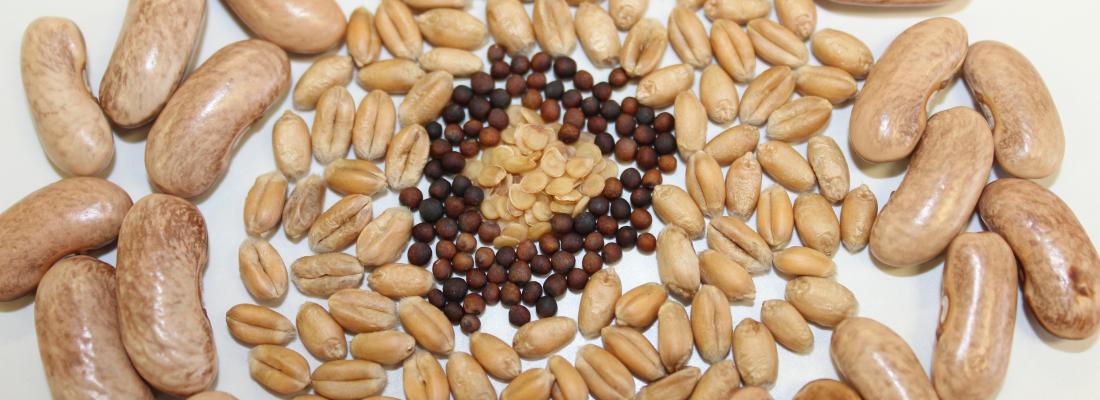Agroecology Reading time 2 min
A meta-analysis to understand the role of seed microbiota
Published on 21 March 2022

The seed microbiota, a world waiting to be explored
Seeds are essential for food production and the maintenance of plant biodiversity. However, the seed microbiota remains understudied compared to other plant compartments, such as roots or leaves. Yet, this seed microbiota constitutes a primary inoculum for plants that could play a major role in plant health and productivity.
In this context, INRAE researchers from the Research Institute of Horticulture and Seeds (IRHS) have conducted a first worldwide meta-analysis of 63 studies characterising the microbiota of seeds covering 50 plant species. This research work, published in the journal New Phytologist, synthesises knowledge on the microbial diversity of this habitat. It was carried out as part of the SUCSEED (Stop the use of pesticides on seed) project of the Growing and Protecting Crops Differently French Priority Research Program, which aims to develop more efficient and sustainable agriculture with alternatives to pesticides.
From meta-analysis to database
This study reveals that the seed microbiota shows a high diversity of microorganisms (bacteria and fungi) and a variable composition depending on the sample. The researchers identified thousands of different microbial taxa in seed samples from several continents. Interestingly, however, the authors of this study also identified a fraction of the seed microbiota that was always present (the core microbiota) regardless of the sample. About 30 bacterial and fungal taxa are present in most plant species and in samples from all over the world. The main taxa, such as Pantoea agglomerans, Pseudomonas viridiflava, Pseudomonas fluorescens, Cladosporium perangustum and Alternaria sp. are dominant microorganisms of the seed microbiota.
The characterisation of the core but also of the flexible fraction of the seed microbiota provided by this meta-analysis will help to discover the roles of the seed microbiota for plant health and to design effective microbiome engineering. The IRHS researchers have made all the data from this meta-analysis available to the scientific community on Data INRAE in the open “Seed Microbiota Database” in order to accelerate discoveries on the pioneering role of these microorganisms throughout the plant’s life.
REFERENCE
Simonin, M., Briand, M., Chesneau, G., Rochefort, A., Marais, C., Sarniguet, A. and Barret, M. (2022), Seed microbiota revealed by a large-scale meta-analysis including 50 plant species. New Phytol. https://doi.org/10.1111/nph.18037
